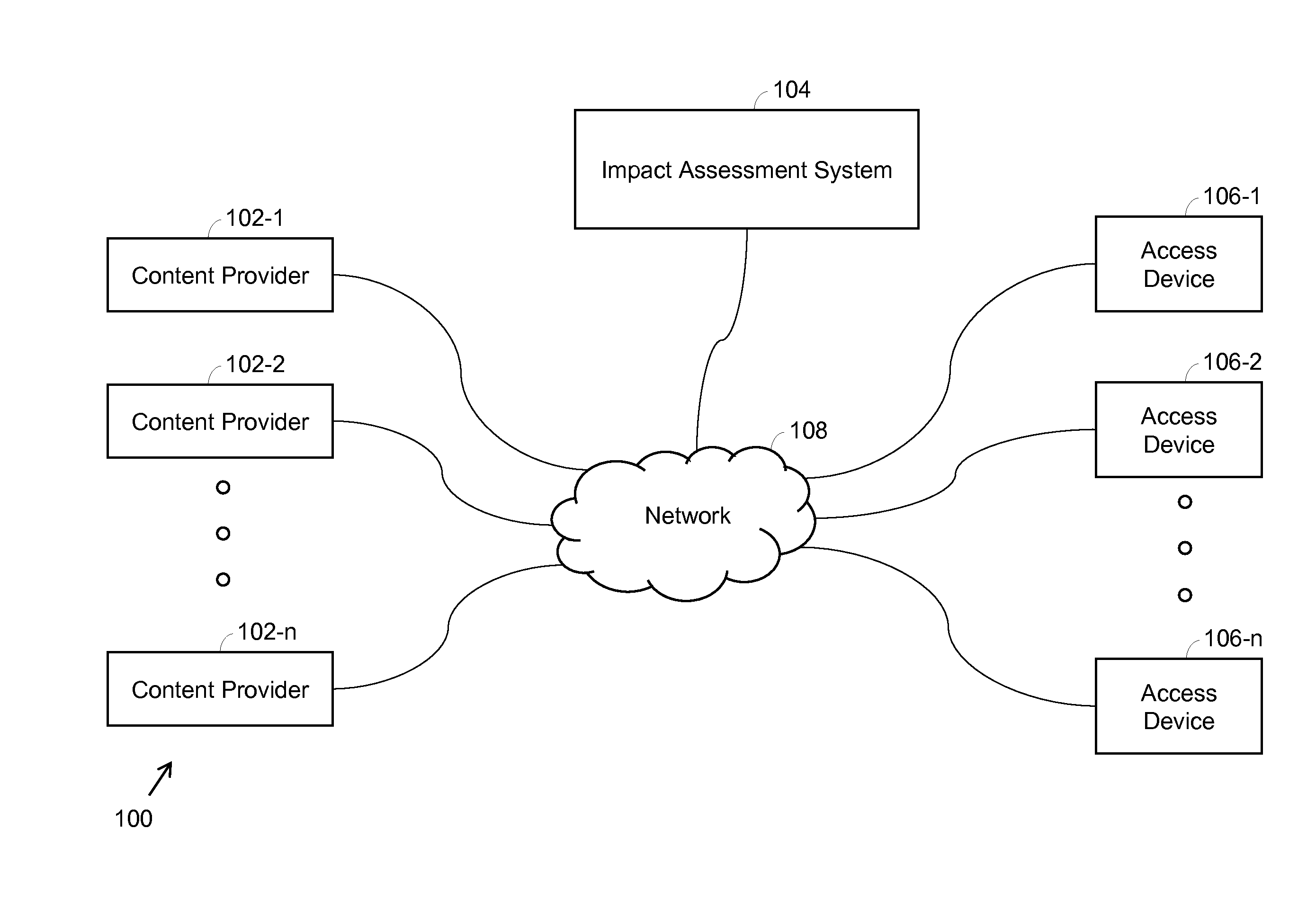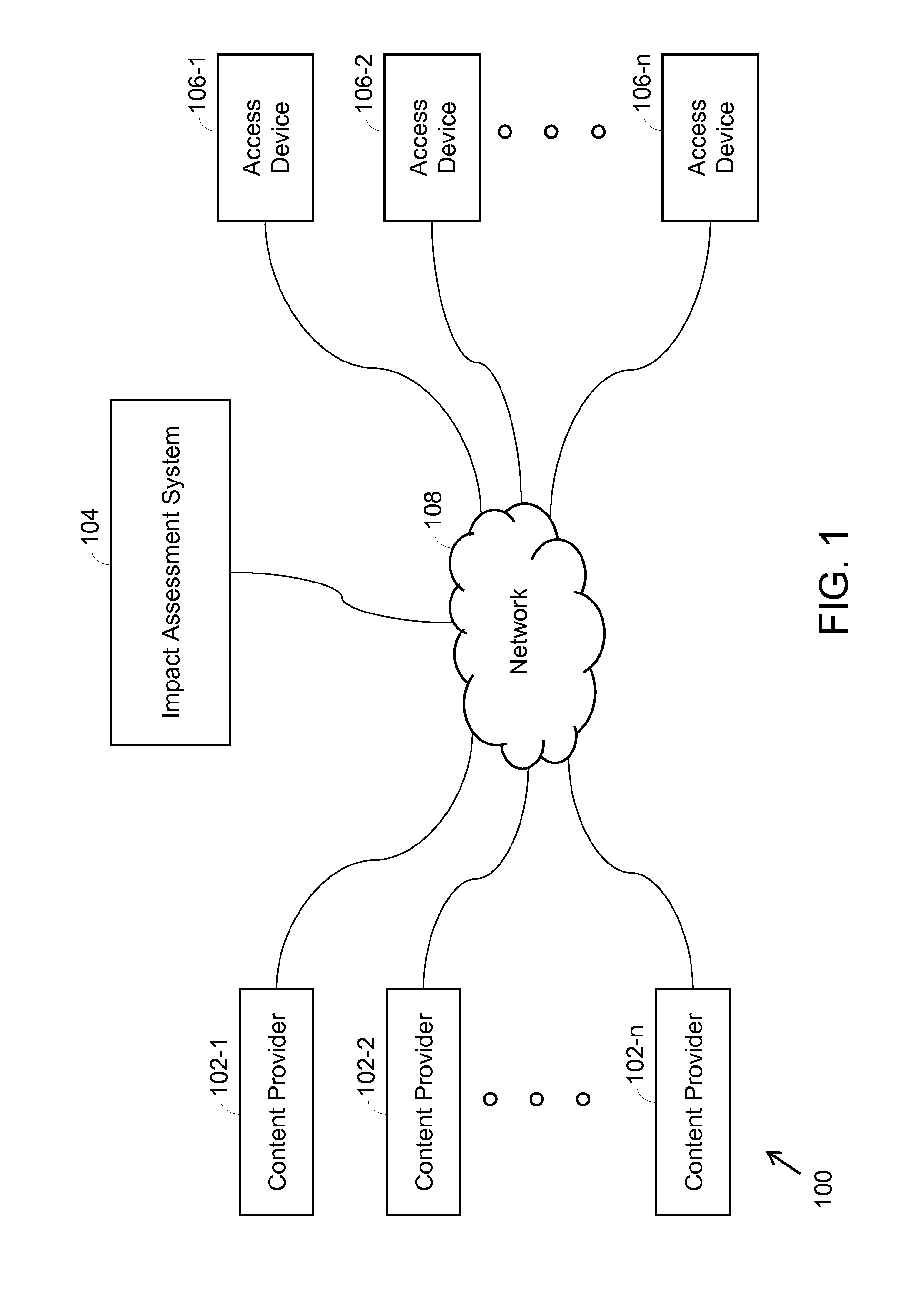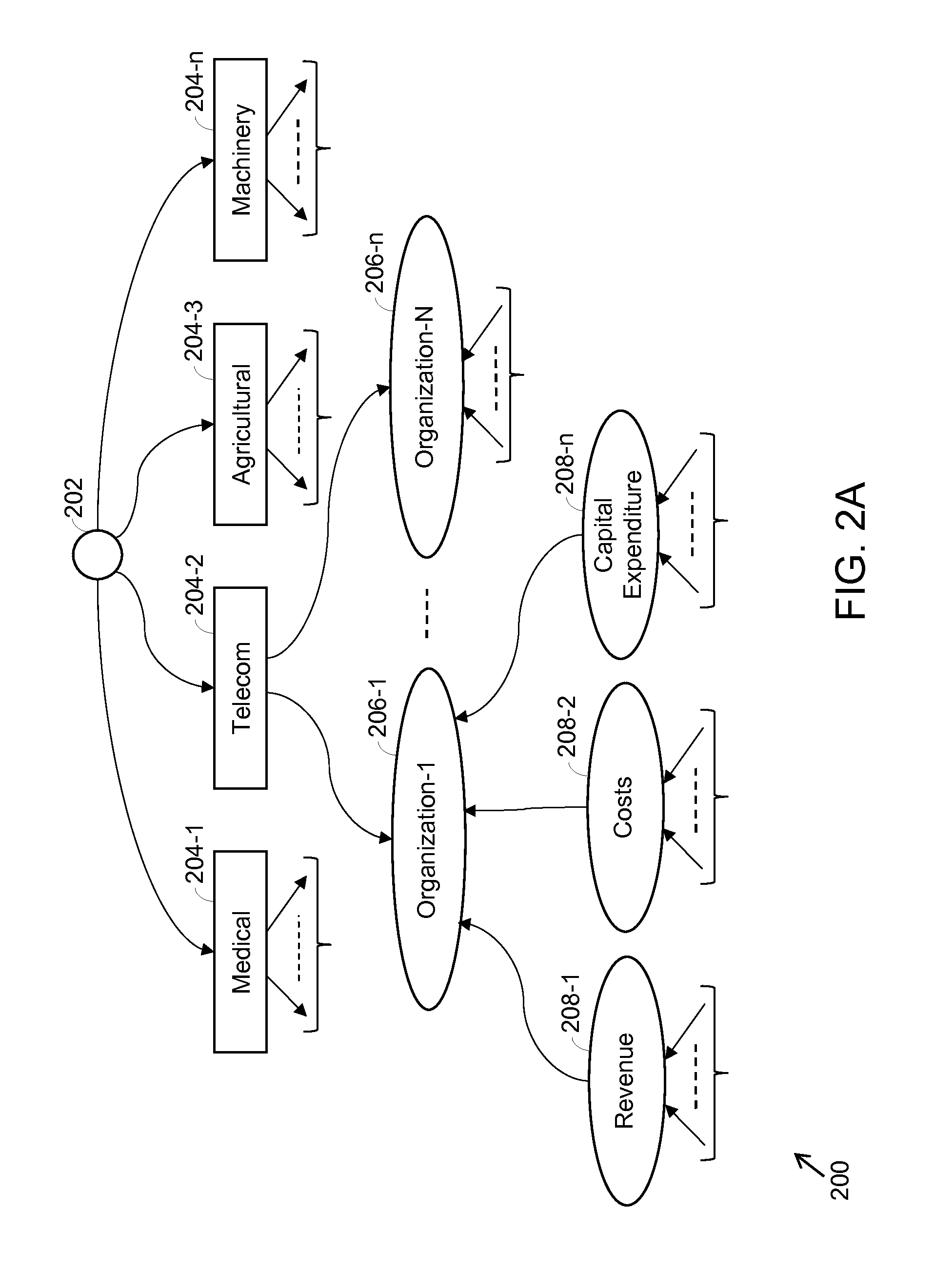Method and system for automated content analysis for a business organization
- Summary
- Abstract
- Description
- Claims
- Application Information
AI Technical Summary
Benefits of technology
Problems solved by technology
Method used
Image
Examples
Embodiment Construction
[0022]Various embodiments of the present invention relate to a method and a system for carrying out an automated content analysis to assess impact on one or more business organizations. The content related to various developments is aggregated from at least one content provider accessible through a network. The aggregated content is classified in a knowledge ontology on the basis of a plurality of attributes of the content identified using a set of semantic rules. The knowledge ontology includes a domain-specific ontology and an organization-specific ontology. The knowledge ontology is a network of interconnected causal factors that describe the operating environment of the business organization. Subsequently, a score is assigned to identify the impact of the content on the at least one business organization. Additionally, the step of scoring is performed depending upon the end objective of the users / entities implementing the invention. For example, a user may choose not to use the ...
PUM
 Login to View More
Login to View More Abstract
Description
Claims
Application Information
 Login to View More
Login to View More - R&D
- Intellectual Property
- Life Sciences
- Materials
- Tech Scout
- Unparalleled Data Quality
- Higher Quality Content
- 60% Fewer Hallucinations
Browse by: Latest US Patents, China's latest patents, Technical Efficacy Thesaurus, Application Domain, Technology Topic, Popular Technical Reports.
© 2025 PatSnap. All rights reserved.Legal|Privacy policy|Modern Slavery Act Transparency Statement|Sitemap|About US| Contact US: help@patsnap.com



